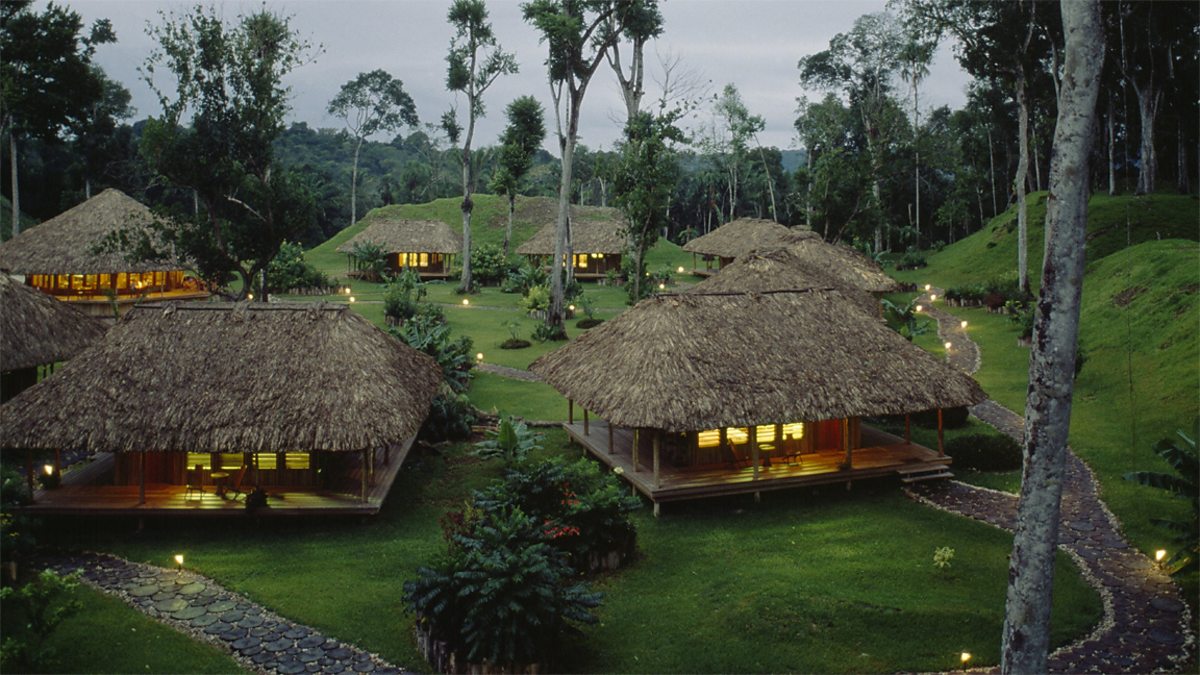Eco-tourism Zones: A Deep Dive into Sustainable Travel
Eco-tourism, a concept that has gained significant traction in recent decades, represents a paradigm shift in how we approach travel. It moves away from mass tourism’s detrimental impacts, emphasizing responsible exploration and conservation. At the heart of this movement lies the concept of eco-tourism zones, designated areas where the principles of sustainable tourism are implemented and promoted. This article delves into the meaning, purpose, and impact of eco-tourism zones, exploring their role in safeguarding our planet while providing enriching travel experiences.
What is an Eco-Tourism Zone?
An eco-tourism zone is a geographically defined area, often a natural or semi-natural environment, designated for the specific purpose of promoting eco-tourism activities. These zones are established with the dual objective of:

Environmental Conservation: Protecting the natural resources, biodiversity, and ecological integrity of the area.
Essentially, an eco-tourism zone aims to create a harmonious balance between tourism, conservation, and community development. It’s a space where visitors can experience the beauty and wonder of nature while contributing to its preservation.
Key Characteristics of Eco-Tourism Zones
Several characteristics distinguish eco-tourism zones from conventional tourist destinations:
Emphasis on Natural and Cultural Heritage

Eco-tourism zones prioritize the conservation and appreciation of natural and cultural heritage. This includes protecting wildlife habitats, preserving traditional cultural practices, and promoting awareness of local ecosystems.
Focus on Sustainable Practices
Sustainability is the cornerstone of eco-tourism zones. This involves minimizing the environmental impact of tourism activities through measures like waste reduction, energy efficiency, and water conservation.
Active Involvement of Local Communities
Eco-tourism zones prioritize the participation and benefit of local communities.
Education and Awareness
Eco-tourism zones serve as educational platforms, raising awareness about environmental issues and promoting responsible tourism practices.
Controlled and Managed Tourism

Eco-tourism zones implement visitor management strategies to minimize environmental impact and ensure a high-quality experience.
The Importance of Eco-Tourism Zones
Eco-tourism zones play a crucial role in promoting sustainable tourism and addressing the challenges posed by mass tourism.
Environmental Conservation
By prioritizing conservation, eco-tourism zones help protect valuable ecosystems and biodiversity.
Socio-Economic Development
Eco-tourism zones can generate significant economic benefits for local communities, providing employment opportunities and income diversification.
Education and Awareness
Eco-tourism zones play a vital role in raising awareness about environmental issues and promoting responsible tourism practices.
Promoting Sustainable Tourism
Eco-tourism zones serve as models for sustainable tourism development, demonstrating how tourism can be managed in a way that benefits both people and the environment.
Challenges and Considerations
Despite their numerous benefits, eco-tourism zones also face several challenges:
Balancing Conservation and Development
Finding the right balance between conservation and development is crucial.
Ensuring Community Participation
Meaningful community participation is essential for the success of eco-tourism zones.
Managing Visitor Impacts
Even well-managed eco-tourism zones can experience negative impacts from visitor activities, such as trail erosion, wildlife disturbance, and waste generation.
Addressing Climate Change
Climate change poses a significant threat to eco-tourism zones, as rising sea levels, extreme weather events, and changes in biodiversity can impact tourism resources and infrastructure.
Preventing Greenwashing
Examples of Eco-Tourism Zones
Numerous eco-tourism zones around the world showcase the successful implementation of sustainable tourism practices.
The Galapagos Islands, Ecuador
This archipelago, renowned for its unique wildlife and biodiversity, is a prime example of a well-managed eco-tourism zone.
The Great Barrier Reef, Australia
This vast coral reef ecosystem is a popular eco-tourism destination.
The Amazon Rainforest, Brazil
Community-based eco-tourism initiatives are thriving in the Amazon, providing visitors with authentic experiences while supporting local communities and conserving the rainforest.
Conclusion
Eco-tourism zones represent a vital tool for promoting sustainable tourism and safeguarding our planet’s natural and cultural heritage. By prioritizing conservation, community involvement, and education, these zones offer a model for responsible travel that benefits both people and the environment. As the demand for sustainable travel continues to grow, eco-tourism zones will play an increasingly important role in shaping the future of tourism. It is crucial, that these zones are monitored, and regulated, and that the local populations are always included in the processes that affect them.


